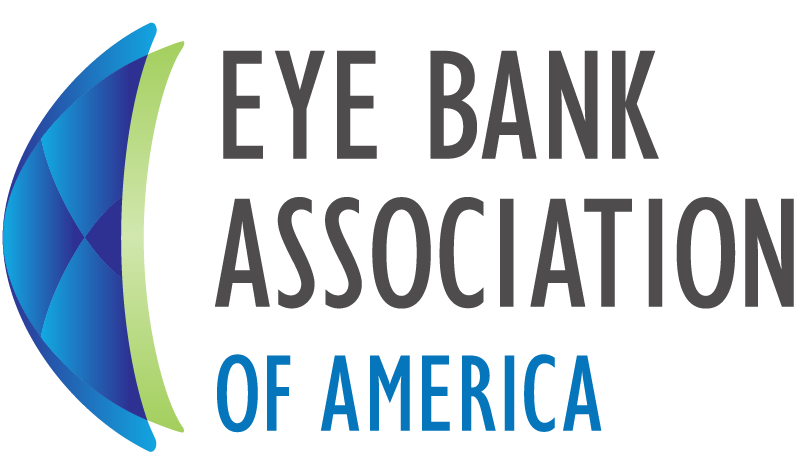September 26, 2022
EBAA continues to closely monitor the outbreak of monkeypox in the United States. The Policy and Position Review Subcommittee (PPRS) of the EBAA Medical Advisory Board has reassessed what is currently known about the risk of transmission of the monkeypox virus, including the potential for human-to-human transmission and disseminated infection from donated ocular tissues. This update provides insight into the current issues potentially impacting ocular tissue safety.
Key Points about Monkeypox
- The risk to recipients of donated ocular tissues in the United States is considered low at present, given the low domestic prevalence of monkeypox.
- Monkeypox virus causes a rash characterized by deep and well-circumscribed lesions, typically with central umbilication, with progression through sequential stages (i.e., macules, papules, vesicles, pustules, and scabs). The rash can resemble that caused by more commonly encountered conditions including syphilis, herpes simplex, and herpes zoster.
- Close contact* (including skin-to-skin contact with a person infected with monkeypox – see below for expanded definition) or contact with contaminated fomites (such as shared linens) are risk factors for human-to-human transmission.
- Individuals of any gender identity or sexual orientation can develop and spread monkeypox infection. Men who have sex with men (MSM) are considered an at-risk population in the present outbreak in the United States.
- According to the World Health Organization, the incubation period of monkeypox virus can range from 5 to 21 days.
- There is no evidence at present that monkeypox can be transmitted by blood transfusion or tissue/cell transplantation and therefore the following screening recommendations are precautionary.
Monkeypox Screening Recommendations for EBAA Member Eye Banks
The EBAA recommends that eye banks exclude/defer (rule out) potential ocular tissue donors who in the last 21 days before death met one or more of the following criteria:
- were diagnosed with or were suspected of having a monkeypox infection;
- had close contact* with a person or an animal diagnosed with or suspected of having monkeypox infection regardless of the donor’s vaccination status; or
- developed a rash or other symptoms suggestive of monkeypox infection.
Disclaimer: the selection of risk mitigation criteria pertaining to monkeypox, which includes symptomology, exposure, close contact, infection status and testing for monkeypox is at the sole discretion of the medical director and eye bank responsible for donor eligibility determination as long as the intent of relevant standards, e.g., D.1.110, D1.120, Appendix II is met.
The following donor risk assessment questions were developed by the American Association of Tissue Banks (AATB) and may be used to obtain information specific to screening for risk of monkeypox infection:
- Was she/he told by a healthcare professional she/he was diagnosed with monkeypox, suspected of having monkeypox, or treated for monkeypox in the past 21 days? If yes:
- When was she/he diagnosed?
- Was testing performed? If yes, what were the results?
- Have all scabs from the rash fallen off?
- Was she/he told that she/he could have been exposed* to human and/or animal monkeypox virus in the past 21 days? If yes,
- Who told her/him?
- When did the exposure occur?
- Has she/he been vaccinated with monkeypox or smallpox vaccine in the past 6 months? If yes,
- When?
- Which vaccine?
- Why were they vaccinated?
These recommendations will be in effect until further notice or additional criteria are added.
*Close contact/exposure in the context of human-to-human spread of monkeypox virus includes direct contact with skin lesions, prolonged face-to-face exposure to respiratory secretions, contact with contaminated fomites (i.e., objects/fabrics/surfaces), and/or intimate physical contact. The virus also may be transmitted in utero or as a result of direct contact during or after childbirth. More information about the spread of monkeypox can be found at:


